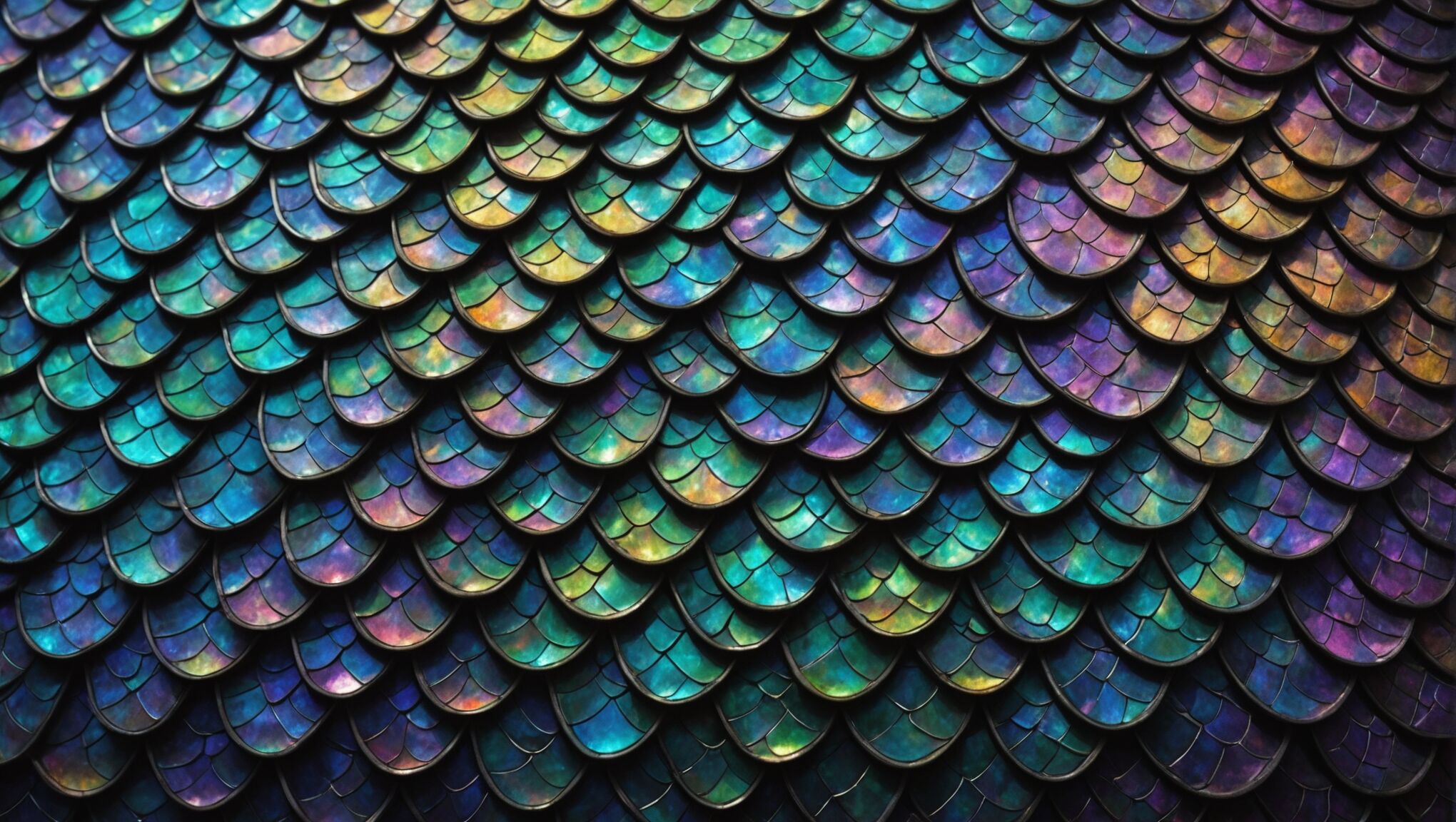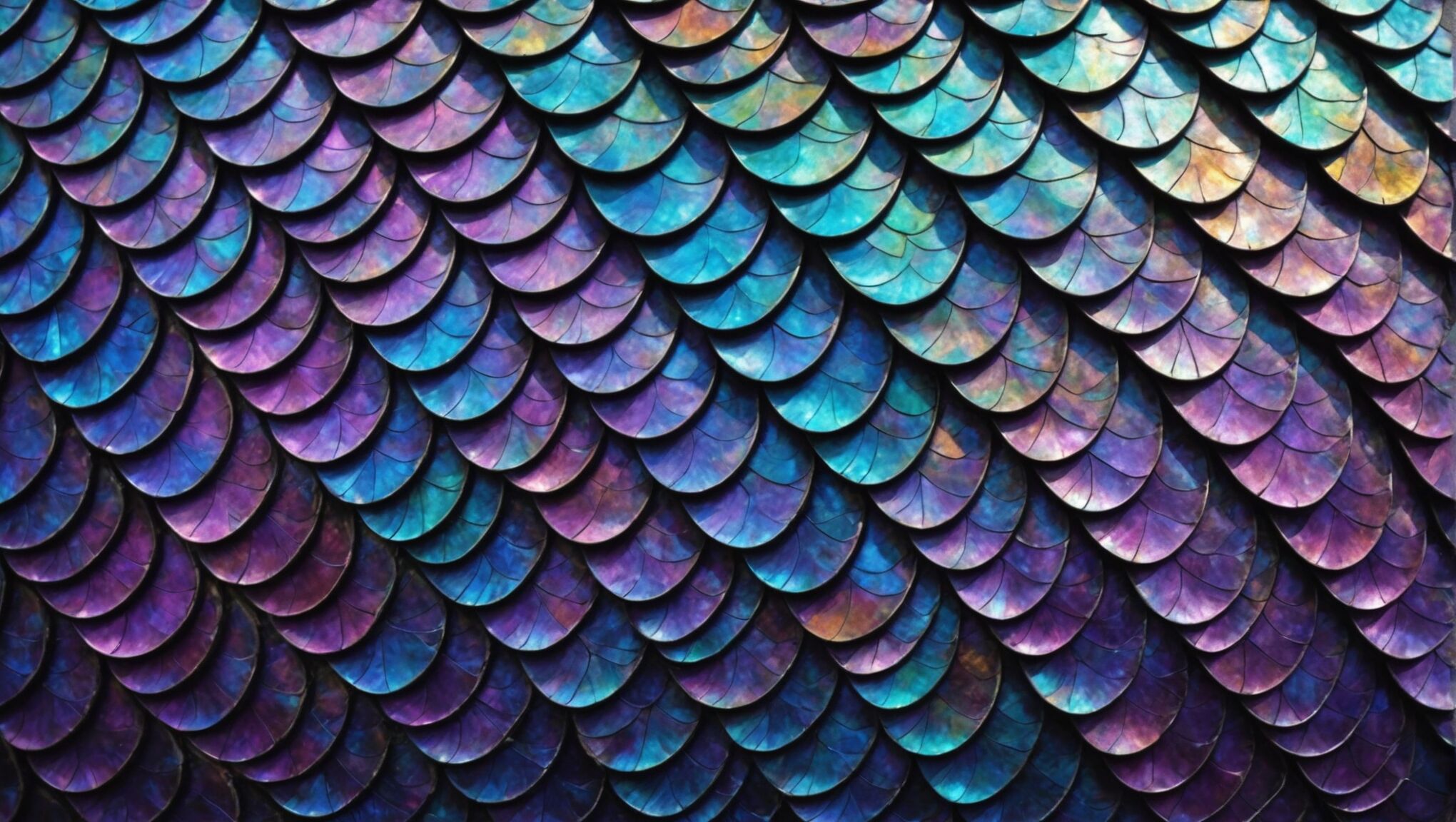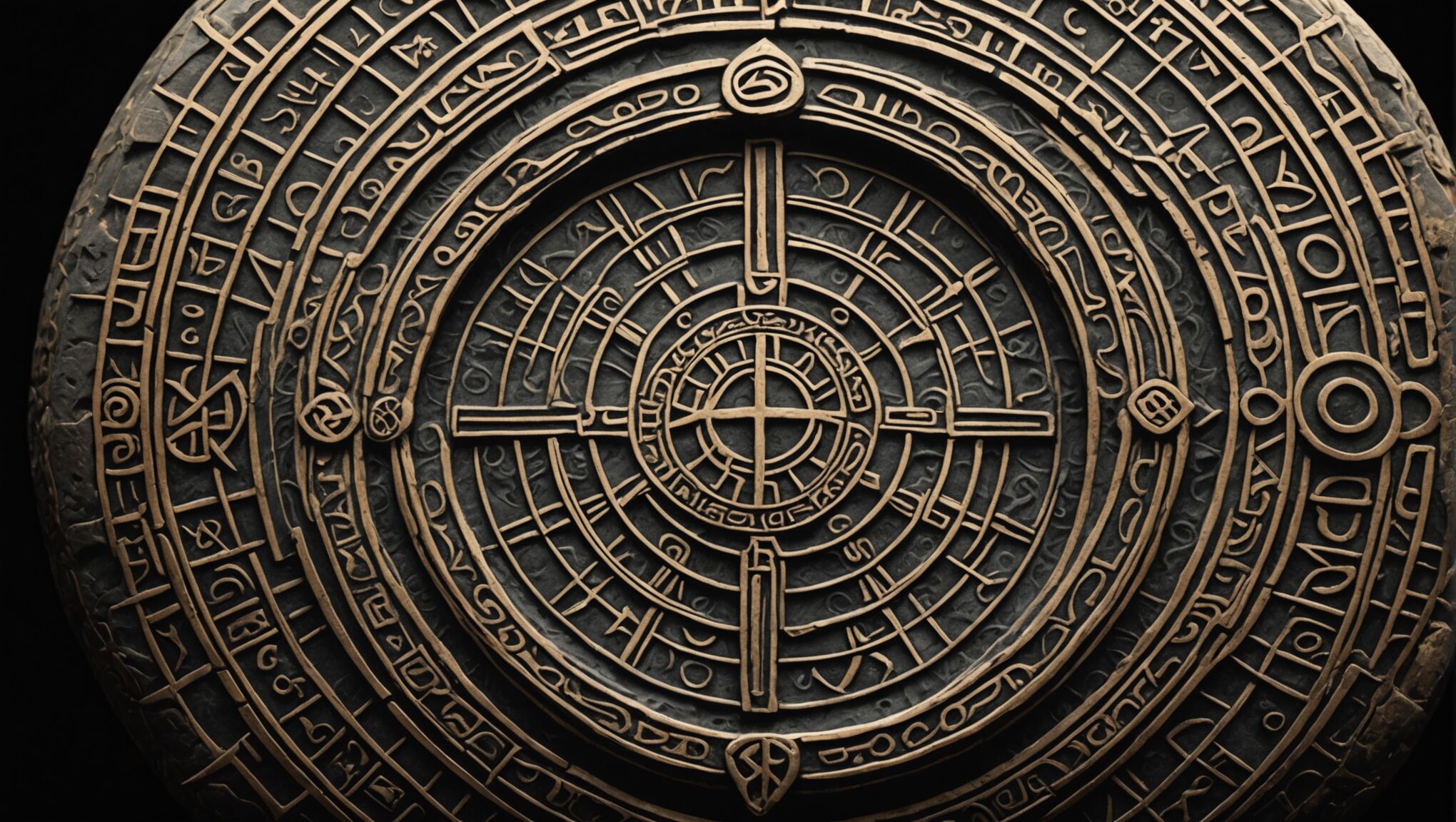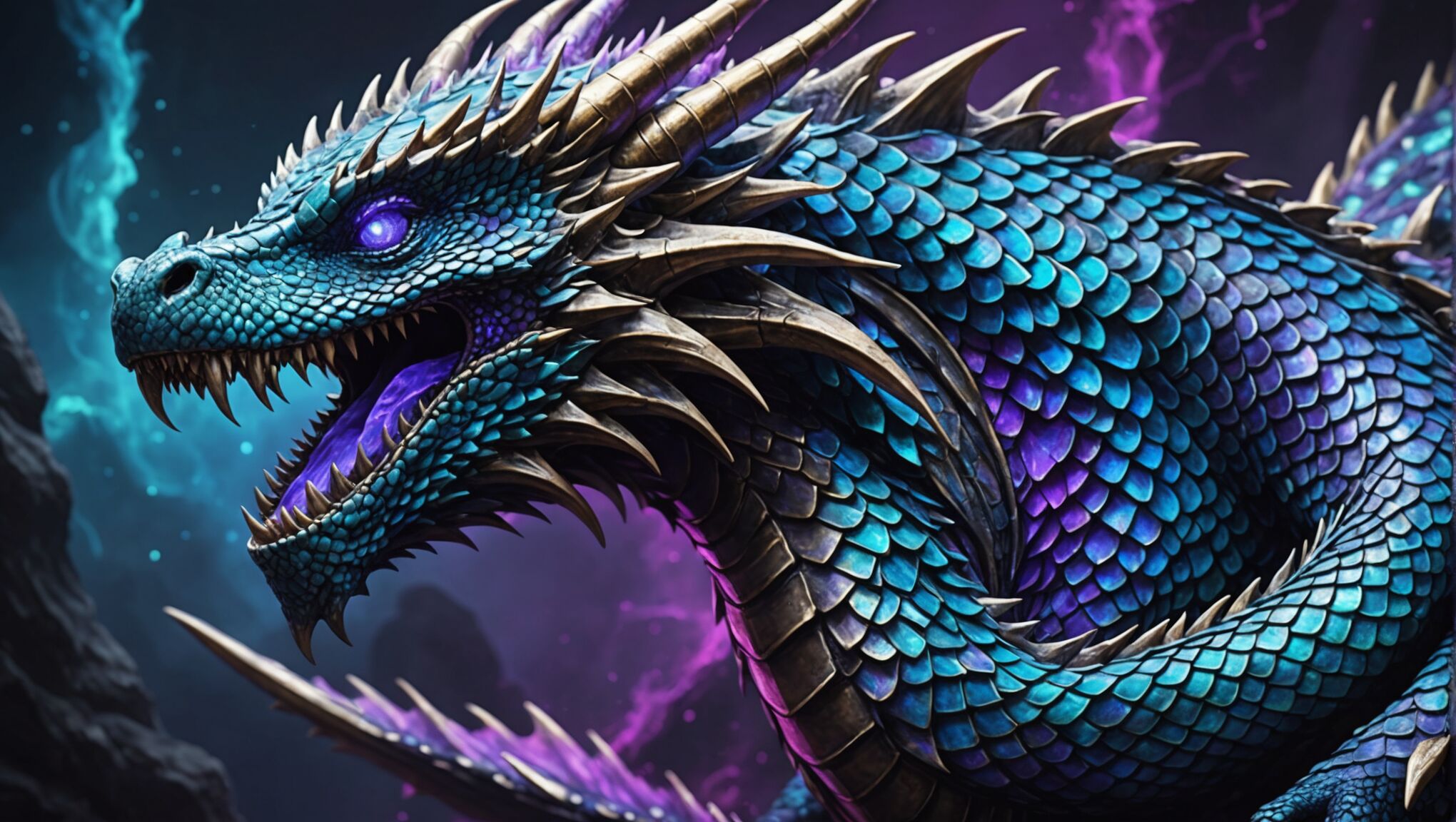blog
Building Depth: The Role of Texture in Fantasy Cover Art
Texture plays a crucial role in fantasy cover art, adding depth, realism, and visual interest to otherworldly scenes and characters. Artists employ various techniques to create tactile sensations that engage viewers and bring fantastical elements to life. From the rough bark of an ancient tree to the smooth scales of a dragon, texture helps establish the physicality of imaginary worlds. “Texture is the language of touch translated into the visual realm,” as many artists often say. By carefully considering and implementing texture, artists can create a more immersive experience for their audience, allowing them to almost feel the surfaces depicted in the artwork.
Different types of textures are used to convey specific qualities and emotions. Smooth textures might suggest serenity or elegance, while rough textures can imply ruggedness or danger. Fantasy artists often combine contrasting textures to create visual tension and guide the viewer’s eye across the composition. For example, the soft, billowing fabric of a wizard’s robe might be juxtaposed against the jagged surface of a crystalline staff, creating a dynamic interplay of textures that enhances the overall impact of the piece.
Artists also use texture to differentiate between various materials and surfaces within their compositions. The ability to convincingly render diverse textures—such as metal, stone, fabric, and organic matter—is essential for creating believable fantasy environments. This skill allows artists to construct complex scenes where each element feels distinct and tangible. Mastering texture in fantasy art requires a deep understanding of how light interacts with different surfaces, as well as the ability to translate these observations into compelling visual representations.
Moreover, texture can be utilized to convey the age, history, and magical properties of objects and characters in fantasy artwork. A well-worn leather book might feature cracks and imperfections that hint at ancient knowledge, while a enchanted sword could possess an otherworldly sheen that sets it apart from mundane weapons. By thoughtfully applying texture, artists can imbue their creations with a sense of history and mystique, further enriching the narrative elements of their fantasy cover art.
Layering techniques for visual depth
 To create visual depth in fantasy cover art, artists employ a variety of layering techniques that build upon one another to produce a rich, multidimensional image. One of the most effective methods is the use of overlapping elements, where foreground objects partially obscure those in the middle and background. This technique not only establishes a clear spatial relationship between different parts of the composition but also guides the viewer’s eye through the scene.
To create visual depth in fantasy cover art, artists employ a variety of layering techniques that build upon one another to produce a rich, multidimensional image. One of the most effective methods is the use of overlapping elements, where foreground objects partially obscure those in the middle and background. This technique not only establishes a clear spatial relationship between different parts of the composition but also guides the viewer’s eye through the scene.
Atmospheric perspective is another crucial layering technique that adds depth to fantasy landscapes. By gradually reducing contrast, saturation, and detail in elements as they recede into the distance, artists can create a sense of vast space and distance. This effect is often enhanced by incorporating subtle color shifts, with cooler tones dominating the background and warmer hues in the foreground.
The eye is always caught by light, but shadows have more to say.
This quote by Gregory Maguire encapsulates the importance of light and shadow in creating depth. Layering different levels of light and shadow can dramatically enhance the three-dimensional quality of an image. Artists often begin with a base layer of broad shadows and highlights, gradually adding more nuanced tones and reflected light to build up the form and texture of objects.
Texture itself can be layered to create depth. By applying multiple layers of texture with varying opacities and blending modes, artists can create complex surfaces that appear to have real depth and character. This technique is particularly effective for rendering intricate details like dragon scales, tree bark, or the weathered surface of ancient stones.
The use of focal points and selective detail is another powerful layering strategy. By rendering certain areas of the image with greater precision and texture while leaving others more loosely defined, artists can create a hierarchy of visual interest that draws the viewer’s eye to key elements of the composition.
Digital artists often utilize separate layers for different elements of the scene, allowing for greater control over depth and composition. This approach enables them to adjust the position, scale, and blending of individual elements to fine-tune the overall sense of depth in the image.
Incorporating translucent or semi-transparent elements can add an additional layer of depth to fantasy cover art. Mist, magical auras, or gossamer fabrics can be layered over other elements to create a sense of atmosphere and mystery while simultaneously enhancing the perception of space within the image.
By skillfully combining these layering techniques, fantasy artists can create cover art that not only captures the imagination but also invites viewers to visually explore rich, seemingly three-dimensional worlds within the confines of a two-dimensional medium.
Color and texture interactions

Color and texture interact in complex ways, profoundly influencing the visual impact of fantasy cover art. The interplay between these two elements can create stunning effects that enhance the overall depth and realism of the artwork. Artists often use color to accentuate texture, and conversely, employ texture to modulate color perception, resulting in a dynamic visual experience.
When selecting colors for textured areas, artists consider how different hues can emphasize or subdue surface details. Warm colors tend to advance and can make textures appear more prominent, while cool colors recede and may soften textural elements. This principle is particularly useful when creating the illusion of depth in landscapes or intricate fantasy scenes.
The way light interacts with textured surfaces also plays a crucial role in color perception. Rough textures tend to scatter light, potentially muting or diffusing colors, while smooth surfaces can reflect light more directly, leading to more saturated and vibrant hues. Artists exploit this phenomenon to create contrast and visual interest within their compositions.
Bring unique characters to life on your cover. Check this out.
Texture can also influence color through the principle of optical mixing. When fine textures of different colors are placed in close proximity, they can blend visually, creating the illusion of new hues. This technique is particularly effective in digital art, where artists can layer textures with varying levels of opacity to achieve subtle color variations.
The emotional impact of color choices is often amplified by texture. For instance, a rough, gritty texture combined with dark, muted colors can evoke a sense of danger or decay, while a smooth texture paired with bright, luminous hues might suggest magic or ethereal beauty. By carefully considering these interactions, artists can create powerful mood and atmosphere in their fantasy cover art.
Gradients and color transitions can be enhanced through textural variations. Artists may use smoother textures for areas of subtle color change and introduce more pronounced textures where they want to create clear color distinctions. This technique is particularly effective in rendering fantasy elements like magical energy or otherworldly environments.
In digital art, blending modes offer a powerful tool for exploring color and texture interactions. By applying textured layers with different blending modes, artists can achieve a wide range of effects, from subtle color shifts to dramatic transformations of the underlying image. This versatility allows for experimentation and the creation of unique visual styles.
The scale of texture relative to color also impacts the overall effect. Large-scale textures can create bold color patterns, while fine textures may result in more nuanced color variations. Artists often vary the scale of textures throughout their compositions to create visual hierarchy and guide the viewer’s eye.
Understanding the relationship between color and texture is essential for creating convincing materials in fantasy art. Whether rendering the iridescent scales of a dragon, the weathered surface of an ancient artifact, or the ethereal glow of magical energy, artists must consider how these elements work together to achieve the desired visual effect.
Creating atmospheric perspective
In fantasy cover art, creating atmospheric perspective is crucial for establishing a sense of depth and vastness in imaginary worlds. This technique involves manipulating color, contrast, and detail to simulate the way distant objects appear in the real world due to the effects of air and light.
One of the primary methods for achieving atmospheric perspective is the gradual reduction of contrast as objects recede into the distance. Foreground elements are rendered with sharp, crisp edges and high contrast, while background elements become progressively softer and less defined. This mimics the way particles in the air scatter light, making distant objects appear hazy.
Color plays a vital role in atmospheric perspective. Artists often employ a technique called color aerial perspective, where colors shift towards cooler, bluer tones in the distance. This effect is based on the natural phenomenon of blue light scattering more readily in the atmosphere. Warm colors are used for foreground elements, gradually transitioning to cooler hues in the middle ground and background. This color shift helps create the illusion of depth and distance.
| Foreground | Middle ground | Background |
| Warm colors | Transitional hues | Cool, bluish tones |
| High contrast | Moderate contrast | Low contrast |
| Sharp details | Softening details | Minimal detail |
Texture also plays a significant role in creating atmospheric perspective. Detailed textures are applied to foreground elements, becoming progressively less defined as they recede into the distance. This gradual loss of textural detail reinforces the sense of depth and distance in the composition.
Artists often incorporate atmospheric elements such as mist, fog, or magical haze to enhance the effect of atmospheric perspective. These elements can be used to obscure distant objects partially, creating a sense of mystery and depth. By varying the density and color of these atmospheric effects, artists can control the viewer’s perception of distance and create focal points within the composition.
Lighting is another crucial aspect of atmospheric perspective in fantasy cover art. Distant light sources, such as setting suns or magical beacons, can be used to create dramatic backlighting effects. This technique not only adds depth to the scene but also creates a sense of scale and grandeur often associated with fantasy worlds.
To further enhance the illusion of depth, artists may employ the technique of aerial layering. This involves creating distinct planes within the composition, each with its own level of atmospheric effect. By carefully controlling the transition between these layers, artists can guide the viewer’s eye through the scene and create a convincing sense of vast distances.
In digital art, various tools and techniques can be used to achieve atmospheric perspective. Gradient maps, adjustment layers, and blending modes allow artists to fine-tune color transitions and atmospheric effects. Brushes with varying levels of opacity and texture can be used to create subtle atmospheric elements and soften edges in distant areas.
When creating atmospheric perspective in fantasy settings, artists often take creative liberties to enhance the otherworldly qualities of their scenes. For instance, they might use unconventional color schemes or exaggerate atmospheric effects to create surreal or magical environments that still maintain a sense of depth and distance.
By mastering the art of atmospheric perspective, fantasy cover artists can transport viewers to vast, imaginative worlds that feel both immersive and believable. This technique not only adds visual interest to the artwork but also supports the narrative elements of the fantasy genre, inviting viewers to explore the depths of these imaginary realms.
Texture as a storytelling element
 In fantasy cover art, texture transcends mere visual appeal to become a powerful storytelling tool. Skilled artists harness texture to convey information about characters, objects, and environments, enriching the narrative and immersing viewers in the fantastical world.
In fantasy cover art, texture transcends mere visual appeal to become a powerful storytelling tool. Skilled artists harness texture to convey information about characters, objects, and environments, enriching the narrative and immersing viewers in the fantastical world.
Consider how the texture of a character’s skin or armor can reveal their nature or origins. Smooth, porcelain-like skin might suggest an ethereal being, while rough, scarred textures could indicate a battle-hardened warrior. The intricate patterns etched into a magical artifact’s surface might hint at its ancient power or the civilization that created it.
Environmental textures play a crucial role in world-building. The gnarled bark of an enchanted forest, the crystalline structure of an alien landscape, or the weathered stones of a ruined castle all contribute to the atmosphere and history of the setting. By carefully crafting these textures, artists can convey age, magical influence, or otherworldly qualities without relying on explicit exposition.
Texture can also be used to guide the viewer’s eye and emphasize important story elements. A unique textural treatment can make a key object stand out from its surroundings, drawing attention to its significance in the narrative. For instance, a smooth, glowing gemstone set against a backdrop of rough, shadowy textures immediately captures the eye and suggests its importance to the story.
The interplay between different textures can create visual metaphors that enhance the story’s themes. Contrasting the soft, organic textures of nature with the hard, geometric patterns of technology could underscore a conflict between magic and science. The gradual transformation of textures across a landscape might symbolize a character’s journey or the spreading influence of a dark force.
Artists can use texture to evoke specific emotions or moods that align with the story’s tone. Smooth, flowing textures might create a sense of serenity or grace, while jagged, chaotic textures could instill feelings of unease or danger. The careful manipulation of texture can subtly influence the viewer’s emotional response to the artwork, enhancing their connection to the narrative.
In some cases, artists deliberately subvert textural expectations to create intrigue or highlight the fantastical nature of the world. An object that appears solid might have an unexpectedly ethereal texture, or a seemingly delicate item could be rendered with surprising resilience, challenging the viewer’s perceptions and piquing their curiosity about the story world.
The evolution of textures within a series of cover artworks can reflect character development or plot progression. Subtle changes in the textural treatment of recurring elements across multiple covers can provide visual cues about the unfolding story, rewarding attentive viewers and creating a sense of continuity.
By mastering the use of texture as a storytelling element, fantasy cover artists elevate their work beyond mere illustration. They create rich, multi-layered visual narratives that engage viewers on both conscious and subconscious levels, inviting them to explore the depths of imaginary worlds and the stories they contain.
As you reflect on the role of texture in fantasy cover art, consider how these techniques might be applied to other forms of visual storytelling. How might filmmakers, game designers, or even architects use textural elements to enhance narrative and create more immersive experiences? The principles discussed here open up a wealth of possibilities for creative expression across various media, encouraging us to look beyond the surface and explore the storytelling potential of texture in all its forms.
Digital tools for enhancing texture

In the realm of digital art, a plethora of tools and techniques are available to artists for enhancing texture in fantasy cover art. Software like Adobe Photoshop, Corel Painter, and Procreate offer a wide array of brushes and texturing options that allow artists to create intricate and realistic surfaces with ease. Custom brush sets, designed specifically for fantasy art, can simulate everything from dragon scales to magical energy effects, giving artists the ability to craft unique textures that bring their imaginative worlds to life.
One of the most powerful digital tools for enhancing texture is the use of layers and blending modes. By creating separate layers for different textural elements, artists can experiment with various blending modes to achieve complex, multi-dimensional surfaces. Overlay, Soft Light, and Multiply modes are particularly useful for adding depth and richness to textures without overpowering the underlying image.
Displacement maps are another valuable digital technique for creating realistic textures. These grayscale images can be applied to 3D models or 2D surfaces to create the illusion of physical depth and detail. For fantasy cover art, displacement maps can be used to add intricate patterns to armor, create the appearance of rough stone surfaces, or give fabric a sense of weave and weight.
Procedural texturing tools, often found in 3D software packages, allow artists to generate complex, repeatable textures based on mathematical algorithms. While primarily used in 3D rendering, these textures can be exported and incorporated into 2D artwork, providing a foundation for highly detailed and naturalistic surfaces that would be time-consuming to create by hand.
Digital sculpting programs like ZBrush offer artists the ability to create highly detailed 3D models with intricate surface textures. These models can then be rendered and integrated into 2D compositions, bringing an unprecedented level of realism and depth to fantasy cover art. The ability to manipulate lighting and perspective on 3D elements gives artists greater control over how textures interact with the overall composition.
Texture libraries and stock resources provide artists with a vast collection of pre-made textures that can be customized and combined to create unique surfaces. These resources can be particularly useful for adding subtle details to backgrounds or quickly establishing basic textures that can then be refined and personalized.
Particle systems and fractal generators are powerful tools for creating organic and magical textures. These can be used to simulate natural phenomena like smoke, fire, or magical energy, adding dynamic and ethereal elements to fantasy cover art. By adjusting parameters such as size, shape, and movement, artists can create a wide range of textural effects that enhance the fantastical aspects of their work.
Post-processing filters and effects can be applied to further enhance textures after the initial creation process. Techniques such as sharpening, noise reduction, and color grading can be used to refine textures and ensure they integrate seamlessly with the overall composition. High-pass filters, in particular, can be useful for accentuating fine textural details without affecting the overall color balance of the image.
As digital technology continues to evolve, new tools for texture creation and enhancement are constantly emerging. Artificial intelligence and machine learning algorithms are beginning to play a role in texture generation, offering artists new ways to create complex, realistic surfaces with minimal manual input. While these tools can greatly speed up the texturing process, skilled artists still rely on their understanding of light, form, and composition to use them effectively in creating compelling fantasy cover art.

